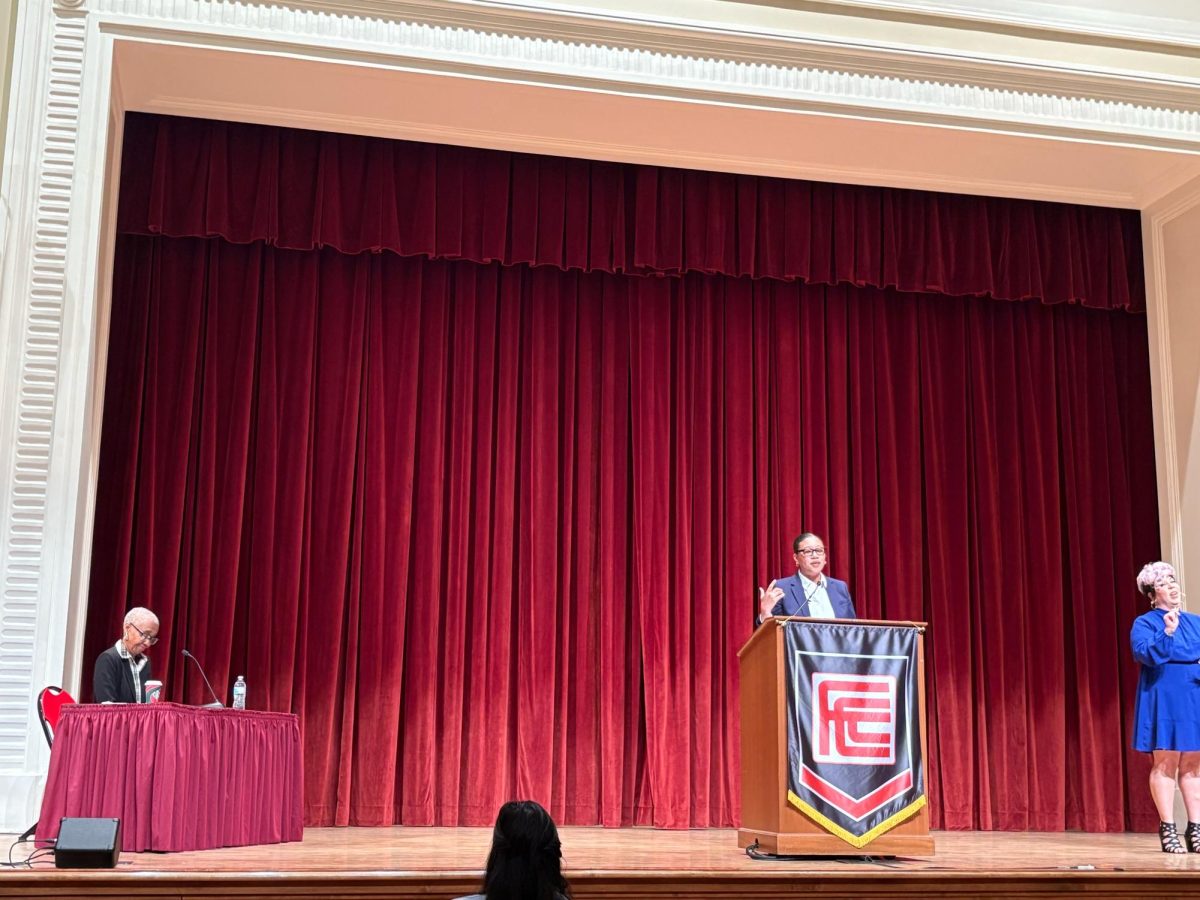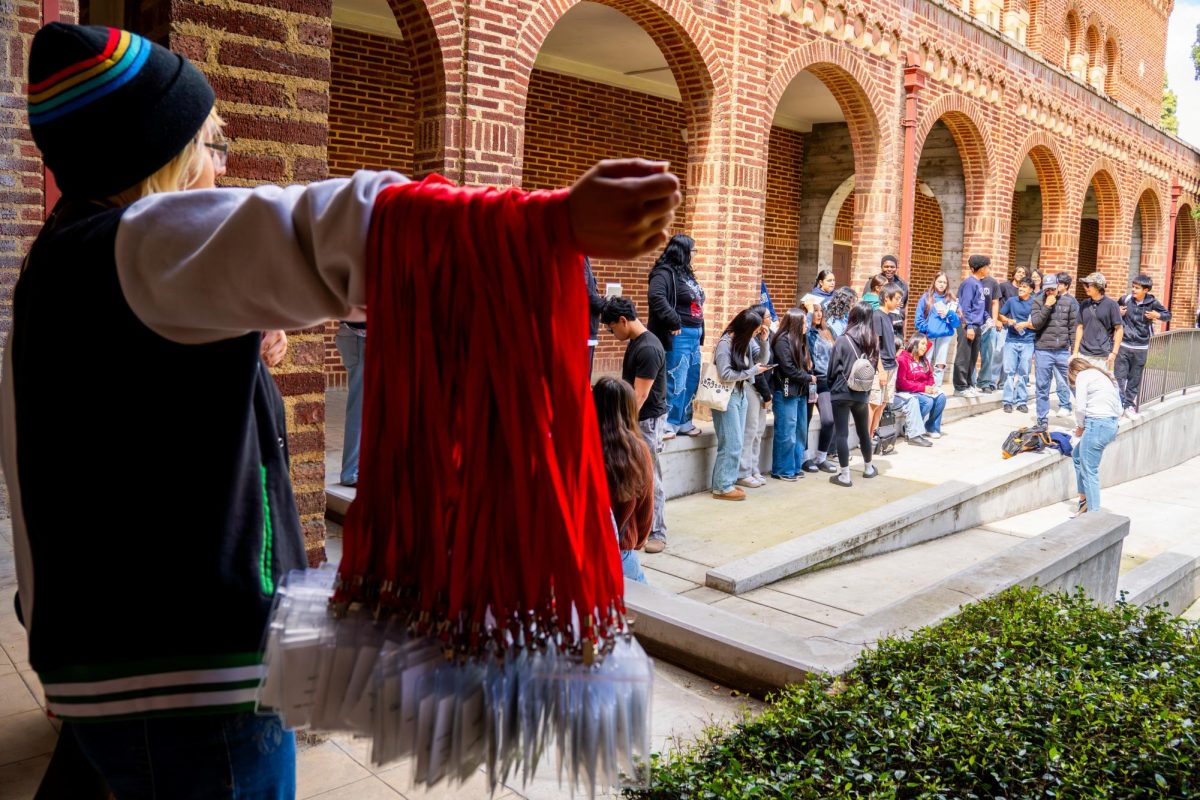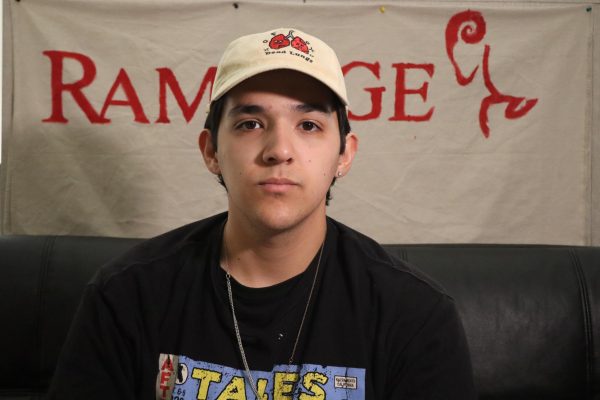High utility bills have been a frequently discussed issue in California, especially this year. The divide between California residents and energy providers like the Pacific Gas & Electric Company continues to be tense due to recent unexpected power outages in residential areas and rate hikes in electricity usage. People seem to spend more time indoors running their electric grids, especially during this year’s record-breaking heatwave.
Fresno’s heat waves and climate change have contributed to increased air conditioning usage this summer for many homes. Triple-digit temperatures were weekly occurrences through the months of July and August this year. The temperature peaked at 115 degrees during early July.
This usage of cooling systems and power grids has sparked increases in utility bills from providers like PG&E and has overwhelmed customers when they receive their notices in the mail.
Many students at Fresno City College also face these unpredictable monthly costs while trying to balance school and work to pay the bills.
Frank Garibay is a Pre-Allied Health major and has gone to FCC for four years. Garibay lived with his partner in an apartment near campus but was forced to move out in August. The increased utilities along with a demanding fall semester schedule had made living there not possible, according to Garibay.
“It definitely got a little worse, because I had to take more time off of work for classes,” Garibay said. “I didn’t want to be put in a rut, you know? I didn’t want to be put in a deficit and debt.”
He works as an alarm dispatcher and his partner works as a special needs early intervention assistant. Combined, they make a yearly income of around $60,000. But with both pursuing their education “we definitely had to make that decision to move out,” Garibay said.
Additionally, he agreed that the price hikes set against him were unfair. “It was mainly, I guess, a nuisance when we saw the PG&E bill,” he said.
The necessity of central air conditioning units to combat heat is evident. Multiple units run on and off door to door in residential neighborhoods around Fresno, especially at the end of the summer when it is the hottest, according to Climate.gov.
For many residents, these high bills mean making tough choices like cutting back on other expenses or sacrificing comfort to keep the air conditioning running. During times like these, customers debate whether they should keep track of how much energy is being used or keep their systems running throughout the day.
California and Fresno residents still await the government’s plan to address the utility bill crisis. Sources reporting on high utility costs, the effects of rising temperatures, and fixed-rate plans, such as the L.A. Times and California Public Advocate’s Office, suggest a conversation is being conducted about decreasing monthly energy bills for low-income households and California consumers in general.
On March 27, the California Public Utilities Commission proposed solutions to solving residents’ utility bill dilemmas. According to the Commission, a residential customer’s bill will have two parts: a usage rate cut by 5 to 7 cents per kilowatt hour, making electricity cheaper for homes and electric vehicles. The flat rate which proposes the cost that customers already pay in the usage rate will be moved into just one fixed rate.
The Commission’s decision to implement this plan is said to start next year or early 2026. Most energy providers will assign general customers a monthly charge of $24.15, and low-income customers will pay around $6 to $12 monthly.










